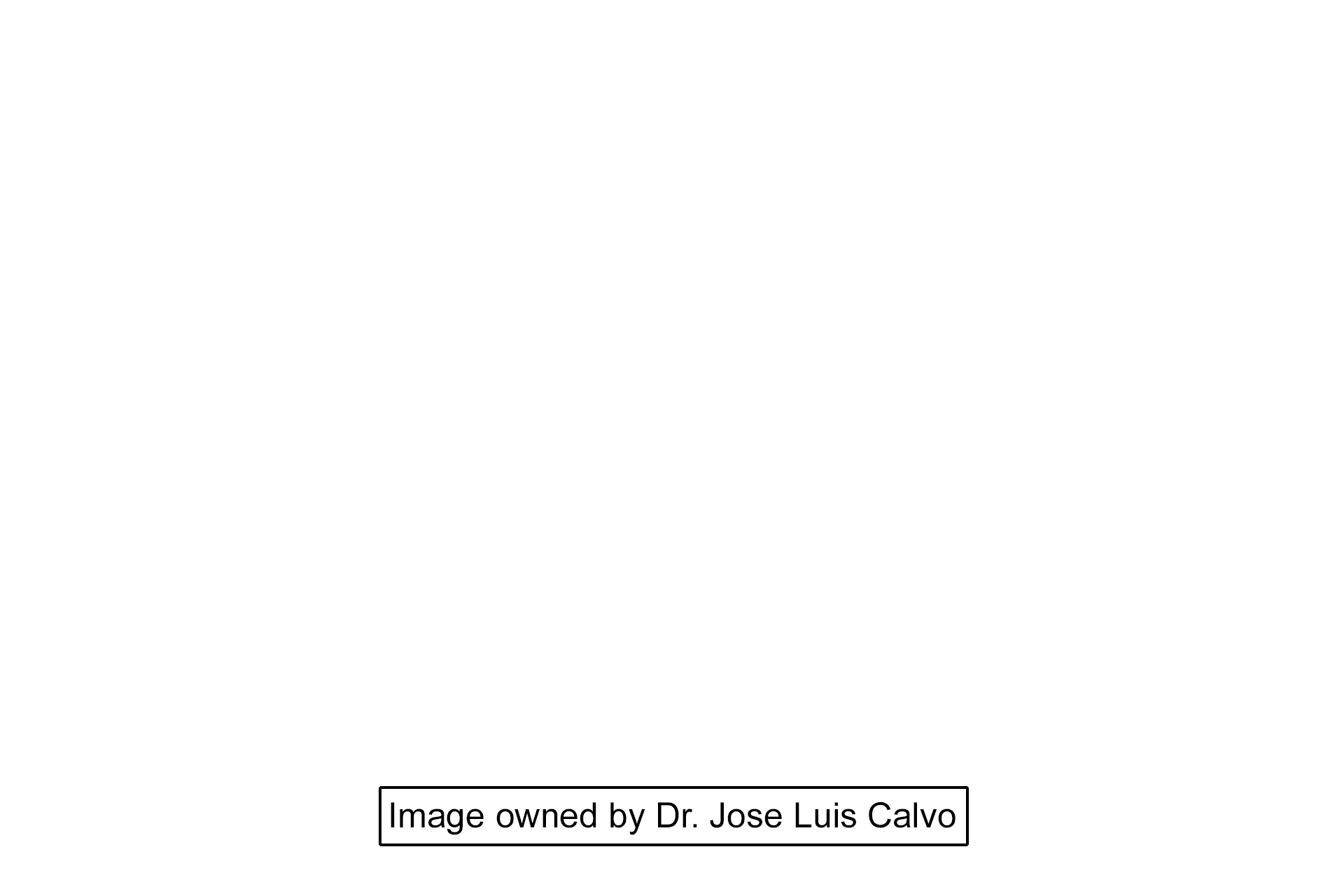
Pseudounipolar neuron
Pseudounipolar neurons extend a single stem process that initially forms a twisted glomerulus-like structure. Thereafter, it branches into central and peripheral processes, which are both functionally and structurally axonal. This branching is not visible in this image. Silver stain, 1000x

Neuronal cell bodies
Pseudounipolar neurons extend a single stem process that initially forms a twisted glomerulus-like structure. Thereafter, it branches into central and peripheral processes, which are both functionally and structurally axonal. This branching is not visible in this image. Silver stain, 1000x

Stem process
Pseudounipolar neurons extend a single stem process that initially forms a twisted glomerulus-like structure. Thereafter, it branches into central and peripheral processes, which are both functionally and structurally axonal. This branching is not visible in this image. Silver stain, 1000x

Glomerulus
Pseudounipolar neurons extend a single stem process that initially forms a twisted glomerulus-like structure. Thereafter, it branches into central and peripheral processes, which are both functionally and structurally axonal. This branching is not visible in this image. Silver stain, 1000x

Axons
Pseudounipolar neurons extend a single stem process that initially forms a twisted glomerulus-like structure. Thereafter, it branches into central and peripheral processes, which are both functionally and structurally axonal. This branching is not visible in this image. Silver stain, 1000x

Image source >
This image is owned by Dr. Jose Luis Calvo and is used under a royalty-free agreement.